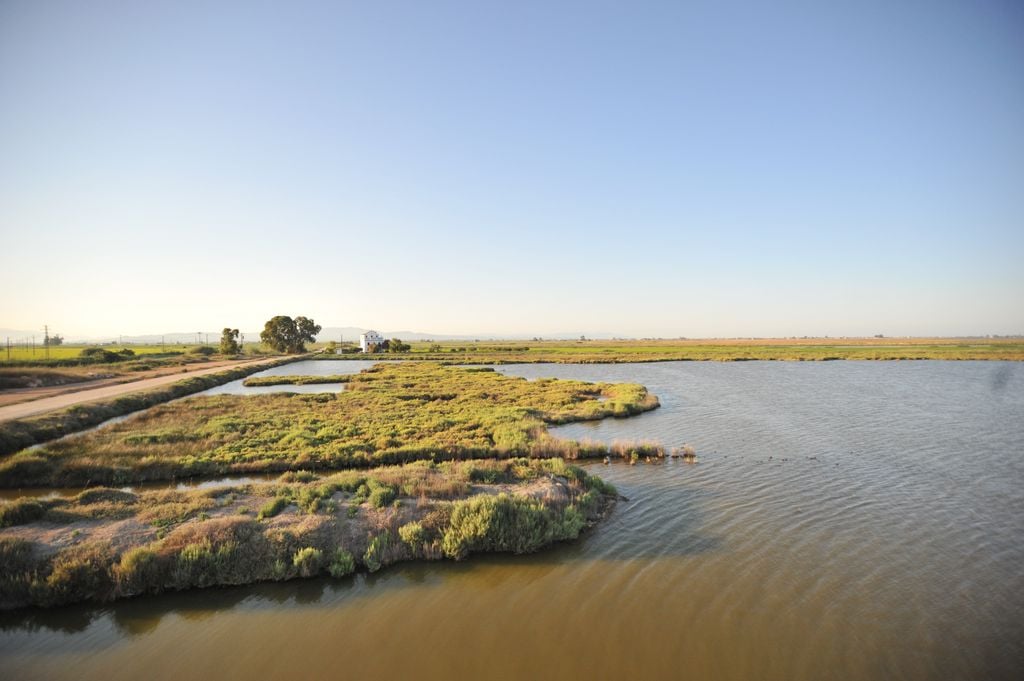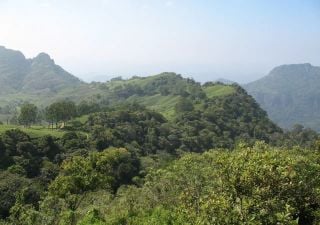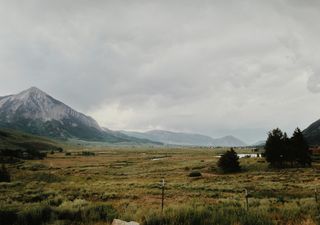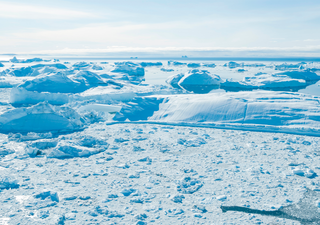Scientists propose building artificial wetlands to reduce the effects of agricultural waste
A group of Spanish scientists has indicated that artificial wetlands can reduce the effects of agricultural waste, which can be exported to areas such as Doñana or the Mar Menor, as they also promote carbon capture and soil formation.

A study co-led by the Spanish National Research Council (CSIC), an organisation dependent on the Ministry of Science, Innovation and Universities (MICIU), and the University of Barcelona (UB) has assessed the effect of wetlands, both natural and constructed, on the decomposition of organic matter from the dominant vegetation in the Ebro Delta: the reed, Phragmites australis, and the cattail, Typha angustifolia.
The results, published in the journal Wetlands, highlight the effectiveness of artificial wetlands in reducing the effect of agricultural waste, as well as in promoting carbon sequestration and soil formation.
Green filters against eutrophication
Given their high productivity, biodiversity and accessibility, wetlands are ecosystems that have attracted human settlements for millennia. It was especially from the 20th century onwards that many were transformed into agricultural crops. “These changes in land use together with agricultural practices such as fertilisation are causing alterations in their hydrology with the increase in river and coastal flooding, in addition to an increase in salinity and increasingly frequent eutrophication,” says Margarita Menéndez, a researcher at the UB.
With the aim of mitigating the effects of eutrophication, that is, the uncontrolled increase in the amount of algae caused by the excessive accumulation of inorganic compounds such as nitrogen or phosphorus in an aquatic ecosystem, the Ministry for the Ecological Transition and the Demographic Challenge built artificial wetlands that replicate the natural filtering process.
This was due to its capacity to purify, treat water and eliminate certain waste. “These are green filters through which the water that returns from the rice fields loaded with pollutants passes before it is discharged into natural lagoons or bays. This successfully reduces the average concentrations of ammonium, nitrite, nitrate and phosphate, considerably increasing the quality of the water,” adds Menéndez.
Wetlands in decomposition and carbon cycle
It is not yet fully understood how wetlands, both natural and constructed, affect decomposition processes and the carbon cycle. “In our experiment, we placed nets with leaf litter in the wetlands and, after a while, we took them out again, measuring how their weight had changed depending on the amount of leaves decomposed."
"Our findings indicate that surface water currents from agricultural activities decomposed the leaves in a similar way in both types of wetlands, suggesting that they have an important effect on carbon processing,” explained Rebeca Arias-Real, a researcher at the Museo Nacional de Ciencias Naturales (MNCN-CSIC).
“The estimated time to decompose 95% of the reed litter in natural wetlands varied between 58 and 150 days, while for cattail it was between 288 and 856 days. In artificial lakes, the process is slower, thus contributing to the availability of detritus over time, to soil formation and carbon sequestration," adds Arias-Real.
“Our study confirms the effectiveness of artificial wetlands in mitigating the impacts of agricultural activities, especially if species found in natural wetlands are incorporated. Ensuring the health of our wetlands is essential, especially in order to deal with the effects of climate change and the environmental crisis,” concludes the CSIC scientist.
Reference
Arias-Real, R., Herbera, X., & Menéndez, M. (2024). Agricultural Runoff Effects on Leaf Litter Decomposition: A Comparative Study in Natural and Constructed Deltaic Mediterranean Wetlands. Wetlands. DOI: 10.1007/s13157-024-01837-0








